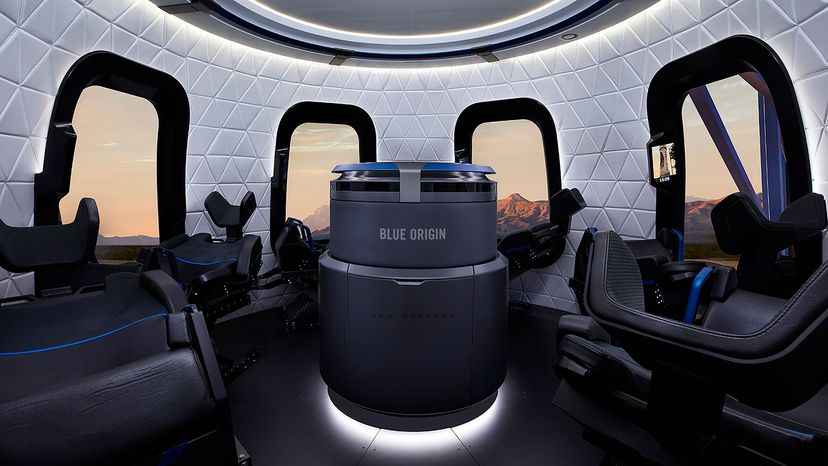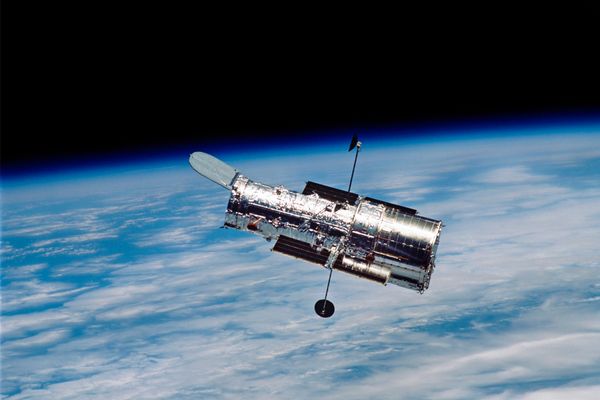
Key Takeaways
- Space tourism currently caters primarily to the ultra-wealthy, with Virgin Galactic's early ticket sales priced between $200,000-$450,000, and Blue Origin selling a seat for $28 million in a charity auction.
- Critics argue that the funds for space tourism could be better utilized for addressing Earth's problems, while others counter that space exploration has historically led to beneficial technologies like memory foam and insulin pumps.
- People have raised environmental concerns regarding the carbon footprint of space flights, with some spacecraft engines contributing to black carbon pollution, though companies like Blue Origin and Virgin Galactic are exploring sustainable fuel options.
This month, space launches have grabbed the headlines with a fervor reminiscent of NASA in its glory days of Apollo 11 and the moon landing. But unlike 50-plus years ago when those historic events took place, today's stories focus on an entirely different group of people reaching to the edge of space (and beyond): billionaire investors who have funded their own space companies.
Each with its own objective, Elon Musk's SpaceX (Space Exploration Technologies), Jeff Bezos' Blue Origin and Richard Branson's Virgin Galactic are pushing progress in space technology and especially space tourism – the idea that ordinary citizens can visit space as a tourist destination – at a pace not seen before.
Advertisement
But is space tourism a good thing that benefits humankind? Or does the current billionaire "space race" signal the end of times as massive wealth is spent with no benefit to any but those with enough commas in their net worth?
Advertisement

